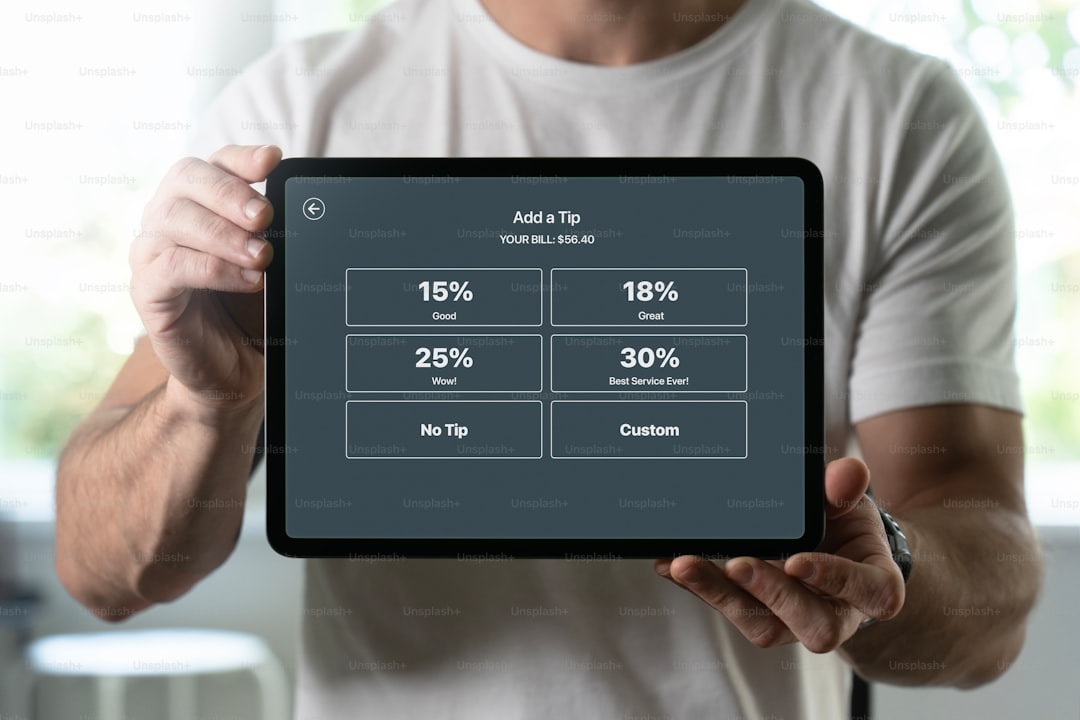Mastering Portfolio Alerts with Leading Tools

Every seasoned investor knows that markets move on a schedule and on a whim, and the difference between staying ahead and falling behind often comes down to timing. When a price swing, a fundamental surprise, or a macroeconomic indicator hits the news feeds, the ability to react instantly is what separates the disciplined manager from the reactive trader. Portfolio alerts automated signals that notify you of key events are the invisible engine that keeps portfolios aligned with strategy while respecting risk limits.

A well‑constructed alert system is not a single notification but a curated set of rules that feed into your daily decision workflow. It turns raw data price ticks, earnings releases, regulatory changes into actionable insights, all while filtering out the noise that would otherwise drown out real opportunities. The art lies in defining thresholds that are both meaningful and flexible enough to adapt to shifting market conditions.
Key Elements of an Effective Alert System
The first step in building a resilient alert engine is to map out the decision points that drive portfolio changes. Typical triggers include:
- Price thresholds: Percent changes, moving‑average crossovers, or volatility bands that signal momentum shifts.
- Fundamental updates: Earnings beats, guidance revisions, or credit rating changes that alter the risk‑reward profile.
- Liquidity events: Large institutional trades, market‑making activity, or changes in bid‑ask spreads that affect execution cost.
- Compliance and risk limits: Violations of concentration caps, VaR thresholds, or regulatory filings that require portfolio adjustment.
Each trigger must be accompanied by a clearly defined response whether it is a rebalancing trade, a stop‑loss action, or a data‑review flag. By codifying the “if‑then” logic, you avoid the cognitive bias that can creep into manual decision making. The next layer is to calibrate the sensitivity of these rules: a 2% swing on a high‑beta equity versus a 5% swing on a low‑beta holding may both merit an alert, but their strategic implications differ.
A practical way to structure these layers is to use a two‑tier system: a monitoring tier that watches for any threshold breach and a decision tier that interprets the breach in the context of portfolio strategy. This separation ensures that alerts do not overwhelm the trader and that each signal carries actionable weight.
Top Portfolio Alert Tools in the Market
While many brokerages provide basic notification services, the leading tools in the industry offer advanced customization, data integration, and scalability. Below are three categories that have proven particularly effective for portfolio managers.
1. Rule‑Based Platforms
Tools like Bloomberg Terminal’s Alert Service and Refinitiv Workspace allow users to define intricate rule sets across multiple data streams. These platforms support conditional logic, nested alerts, and even machine‑learning‑driven anomaly detection. They are ideal for institutional managers who need to keep hundreds of positions under a single monitoring umbrella.
2. API‑First Solutions
Services such as Alpha Vantage, Intrinio, and Quandl expose real‑time data feeds that can be wired into custom alert engines written in Python, R, or JavaScript. By leveraging webhooks, a manager can receive instant push notifications on a mobile device or trigger an automated trade through an existing execution system. The flexibility of API‑first solutions is unmatched when you need to integrate proprietary data or build bespoke logic.
3. Cloud‑Native Alert Managers
Modern SaaS platforms like Datadog, PagerDuty, and New Relic have expanded beyond infrastructure monitoring to financial alerting. They provide out‑of‑the‑box dashboards, rule templates, and collaboration tools that make it easy for multi‑person teams to triage alerts. Their scalability is a boon for rapidly growing funds that must keep pace with data volume without adding infrastructure overhead.

When selecting a tool, consider factors such as data latency, alert granularity, integration depth, and regulatory compliance. The cost of a subpar alert system can be measured in missed alpha, increased slippage, or even legal exposure.
Integrating Alerts into Your Investment Workflow
An alert is only useful if it can be acted upon efficiently. The integration process is best approached as a cycle of detection, assessment, and execution.
-
Detection – The alert engine receives raw data and applies the rule set. It tags the event and assigns a priority level based on risk impact and portfolio exposure.
-
Assessment – A human or automated workflow reviews the alert. For low‑priority signals, a quick check of the trade calendar or a brief chart review may suffice. High‑priority alerts trigger a deeper dive: recalculating risk metrics, checking liquidity buffers, or consulting with compliance.
-
Execution – Once the action is decided, the trade is routed through the firm’s execution engine. Many alert platforms now support “smart orders” that automatically choose the best execution venue based on real‑time cost curves.
-
Feedback Loop – Post‑trade, the system logs the outcome. This data feeds back into the rule‑tuning engine, allowing for continuous improvement. For example, if a 3% equity swing repeatedly triggers an alert that never materializes into a trade, the threshold can be adjusted.
Embedding alerts into a well‑defined workflow eliminates the risk of “alert fatigue,” where an overabundance of signals dilutes attention. A disciplined cadence daily review for high‑frequency alerts, weekly for medium‑frequency, and monthly for strategic triggers ensures that the alert system remains a strategic asset rather than a distraction.
Future Trends and Best Practices
The landscape of portfolio alerting is evolving faster than ever. Machine learning models are moving from simple predictive analytics into real‑time anomaly detection, offering the promise of alerts that learn from past performance rather than relying on static thresholds. At the same time, regulatory bodies are tightening rules around data privacy and market manipulation, making compliance‑aware alerting a non‑negotiable requirement.
In practice, the best approach to mastering alerts is to view them as part of a broader decision ecosystem. Pair real‑time signals with a robust risk framework, maintain transparent documentation of all alert rules, and cultivate a culture where traders and quants collaborate on refining those rules. By doing so, you ensure that your portfolio remains responsive to the market’s rhythm while staying firmly rooted in your strategic objectives.

Jay Green
I’m Jay, a crypto news editor diving deep into the blockchain world. I track trends, uncover stories, and simplify complex crypto movements. My goal is to make digital finance clear, engaging, and accessible for everyone following the future of money.
Discussion (8)
Join the Discussion
Your comment has been submitted for moderation.
Random Posts

Passive Income Projects Using Crypto Affiliate Programs for Huge Earning Potential
Discover how crypto affiliate programs can create recurring passive income by driving users to exchanges, wallets, and DeFi platforms. Learn to pick top partners, automate, and scale your earnings.
8 months ago

Your Ultimate Guide to Staking Tools and Real‑Time Alerts
Unlock passive crypto income with staking: learn how real time alerts, automated tools, and smart monitoring help you maximize rewards, stay ahead of yield swings, and avoid security pitfalls.
9 months ago

Navigating International Laws for Passive Income with Legal and Tax Guidance
Master passive income across borders by understanding legal structures and tax rules that prevent non, compliance, double tax, and protect your profits.
2 weeks ago

Community Voice Drives Affiliate Growth Through Dialogue
Listening to real community conversations turns affiliate marketing from a sales push into a trust based partnership, boosting traffic and conversions through authentic dialogue.
1 year ago

Mastering Support and Resistance in Technical Market Analysis
Learn how to spot pivot points and draw reliable support and resistance lines to turn market noise into clear trading signals.
8 months ago
Latest Posts

Tax Strategies for Long Term Passive Earnings
Learn how smart tax planning can boost your passive income: choose efficient vehicles, use shelters, time gains, and keep more of what you earn.
1 day ago

Passive Income Education Through Legal, Tax, and Risk Management
Turn a side hustle into lasting, hands, off wealth by mastering legal structure, tax strategy, and risk protection, the three pillars that safeguard capital and ensure steady dividends.
1 day ago

Crypto Exchange Basics for Steady Income
Build steady crypto income by defining clear goals, choosing the right exchange tools, and sticking to a disciplined strategy for consistent returns.
2 days ago

